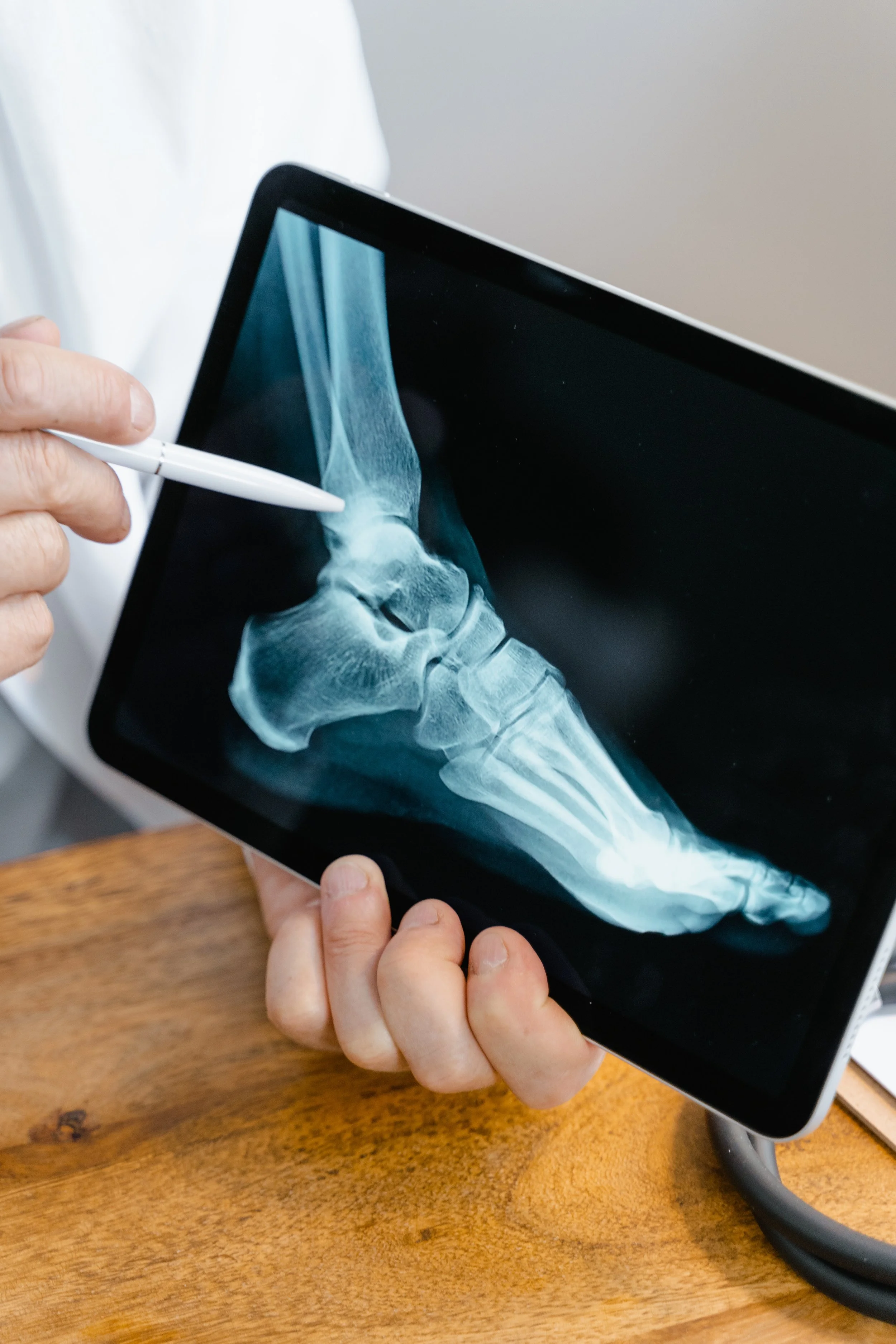How is Ehler Danlos Syndrome related to Pectus Deformities?
Pectus Deformities and Ehlers-Danlos Syndrome Relation
The majority of Pectus malformations are unrelated to other medical issues, while about 25% of instances do run in families. Ehlers-Danlos syndrome, which is traditionally associated with joint hypermobility and skin laxity, osteogenesis imperfecta or brittle bone disease, and homocystinuria are connective tissue illnesses also linked to pectus deformities.
Overview of Ehlers-Danlos Syndrome
Ehlers-Danlos syndrome (EDS) is a series of hereditary connective tissue illnesses that vary in their effects on the body as well as in genetic etiology. Joint hypermobility (joints that stretch more than normal), skin hyperextensibility (skin that may stretch further than normal), and tissue fragility are all connected with them.
EDS occurs due to genetic mutations that affect the structure or assembly of collagen. EDS is classified into six major types: classical-type, hypermobility-type, kyphoscoliosis-type, arthrochalasia-type, dermatosparaxis-type, and vascular-type. The latter type is the most serious form of EDS; affected patients are at risk of artery, bowel, and uterus rupture.
There are presently thirteen different forms of Ehlers-Danlos syndromes. Genetic variations have been established as the etiology of the condition in all hypermobile subtypes (hEDS) and are part of the diagnostic criteria.
Each EDS type includes a set of clinical criteria to aid in diagnosis; a patient’s physical signs and symptoms may be compared to the major and minor criteria to determine which type is the best fit.
Pain and fatigue are almost universal symptoms of EDS. Clinical manifestations of an EDS are typically joint and skin related. When should one seek treatment for Kyphosis?
How can the Nuss Procedure help with the treatment of EDS?
A case report from Masahata et.al probes the use of the Nuss Procedure on a case of asymmetric pectus excavatum associated with EDS. There have been a few surgical reports on Pectus Excavatum in EDS patients, and the details of the individual cases were not described.
Other previous reports found only slightly higher rates of bar displacement after pectus repair in patients with connective tissue disorders. In contrast, Olbrecht et al. suggested that bar repairs could be safely and effectively performed in patients with connective tissue disorder and that the rate of postoperative complications and the operative characteristics were equivalent to those in patients without such diseases.
To put it simply, the repair of Pectus deformities can be accomplished safely even in Ehler-Danlos Syndrome patients. Although this procedure provided good cosmetic results for a patient with asymmetric PE, the research notes that surgeons should be aware of the possibility of persistent pleural effusion after the Nuss procedure in patients with EDS. In order to minimize complications, patients are encouraged to seek treatment with pectus specialists.
If you’re looking for a center to entrust the success of your treatment of PE Deformities with or without associated conditions, the Center of Excellence for Pectus is the way to go.
Sources:
V.A. Olbrecht, R. Nabaweesi, M.A. Arnold, N. Chandler, D.C. Chang, K.H. McIltrot, et al. Pectus bar repair of pectus excavatum in patients with connective tissue disease J Pediatr Surg, 44 (2009), pp. 1812-1816
Yoshida, S. Uemura, M. Yamamoto, H. Nouso, H. Kuyama, Y. Muta Correlation of asymmetric chest wall deformity and growth in patients with pectus excavatum J Pediatr Surg, 48 (2013), pp. 771-775

